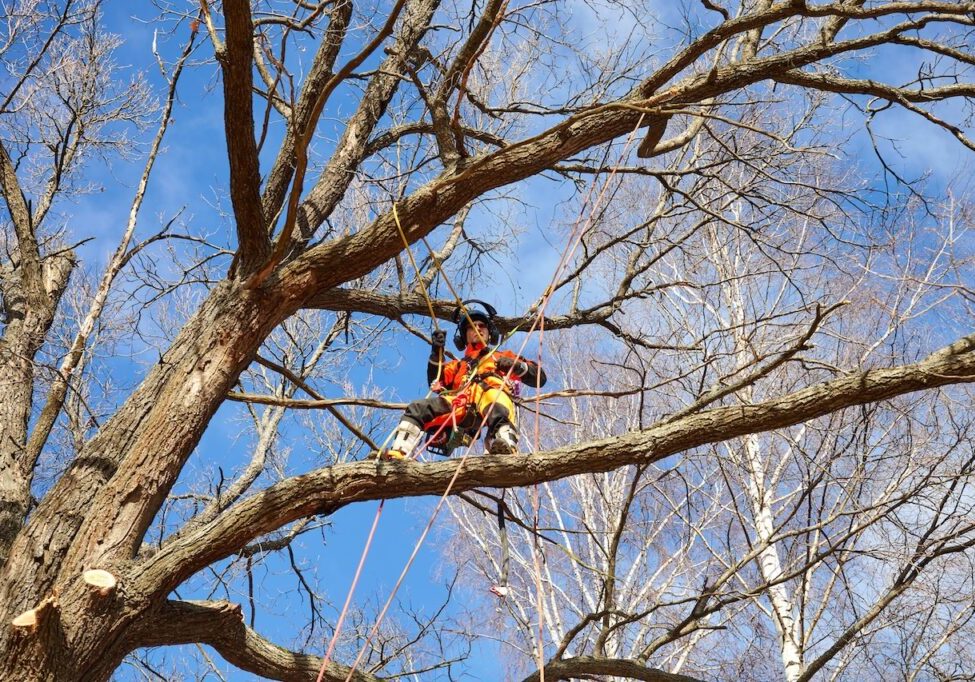How to Build a Landscape Project

Landscaping is a rewarding business with lucrative results. Not only do you earn a living doing something you’re passionate about, but you also give your client something beautiful. It’s all well and good to draw up the plot for a grand landscape design, but how do you implement it?
Here are eight of the critical steps to building a successful landscape project.
Identify the Need With a Customer Site Visit
Before you start a landscaping project, no matter the size, you need to see the site in person. Reading measurements and seeing pictures won’t prepare you for the real thing. The truth is, nature is tricky to work with. Uneven ground, roughage, and incompatible wildlife are all factors that could impede the success of a project.
Visiting a site with your client not only reduces the chances of unforeseen problems. It also gives you a clear vision of what your client has in mind. Being on-site with a customer provides a 3D view of each area that you’ll be working on, what the customer envisions, and potential threats to the project.

Plan a Timeline
With first-hand knowledge of your upcoming project, the next step is creating a timeline. Scheduling a landscape project is harder than it sounds. There are many factors to consider, such as:
Weather Conditions – Even if the weather network predicts sunny skies, it’s essential to factor in a few bad weather days. If things get bad, and you’re unable to get in to finish a project, it could affect your reputation.
Crew Numbers – No matter how efficient you are, if a job is too large for one person, you’ll need to hire a responsible crew. The age-old adage, “many hands make light work” is true, but many hands also make a lighter paycheck.
Budget – This one applies to both you and your customers. If you don’t have the budget to use the equipment you need at the times when you want it, it could slow progress. Similarly, if the customer doesn’t have the budget to make a fast landscape worth your while, you may need to accept other client offers in between working on that landscape.
Equipment Availability – Landscaping businesses with multiple clients don’t always have access to equipment. Sometimes, the necessary equipment is being used on another job site. When this happens, new clients may wind up waiting until the equipment is available.
Projects Size – It stands to reason that the smaller the project, the quicker it will be complete. Larger landscaping projects will, therefore, take longer, and your timeline should account for that.
Access Restrictions – Just because a project will take 24 hours to complete, doesn’t mean you can knock it out in a day or two. If your client only wants landscapers in their yard from 9:00 a.m. to 1:00 p.m., that gives you four hours a day to complete the task. Suddenly that 24-hour project has to be expanded across six days.
Plan Resources
The resources you use on a landscape project include everything from crew members to tractors. The items your company owns or employs, which are needed for a build, are considered resources. These need to be planned to guarantee you have the products you want, the employees you need, and the tools required to do the job right.
Not planning resources could land you in hot water and prolong the schedule for a landscape project. Project management software is a wonderful asset for planning and managing resources. Through your CRM dashboard, you can see your entire inventory.
Purchase Materials (Supply Chain)
With the right tools, the manpower to get the job done, and a clear outline from your client, you’re ready to purchase the materials for your project. That means seeds, saplings, birdbaths, fountains, potted plants, sod, and anything else that’s required for the job.
Having the right materials to get the project done in time is essential to this and future projects. Some landscapers produce their own materials in a greenhouse or on land, while others purchase from a third-party.
Create Phase Payment Requirements
Phase payments are the timeline and payment plan you design with your client for a project. Creating this plan ensures that there’s organization in how money is managed and that your work is compensated. Many businesses choose to use project management or accounting software to organize these requirements. Some combine the two. For example, with Arborgold, project phase payments, invoices, and estimates all end up in QuickBooks.
QuickBooks is accounting software designed for small to medium businesses. Arborgold is a business management software company geared toward landscapers and lawn care professionals. Pairing the two is an excellent way to create a payment plan and manage it long term.
Generate a Contract
Before agreeing to take on any landscaping project, a contract must be agreed to. This should include any costs and timelines confirmed earlier in your customer interaction. A legally binding contract requires the assistance of a lawyer and must be signed by both parties. Once negotiated and agreed upon, you can file your contract manually and electronically. Many business management software platforms have a place to store and recall contracts for various clients.
Hire or Schedule Crews
With everything agreed upon and materials ready for use, it’s time to ensure you have a team large enough to get the job done. If you have a full-time crew at your disposal, this is a simple matter of scheduling them to do the work. Otherwise, this is the time to hire a crew to complete your landscape project.
There are various crew management apps to assist with this process. One from Arborgold called MobileCrew gives you access to your employees 24/7 through your mobile phone. You can send and change invoices, add special notes, and even supply directions to a job site all in real-time.
Evaluate Actual vs. Plan
After a project is complete, it’s helpful to compare the actual results of your job to the plan you had prior to tackling it. Evaluating your completed project this way shows you where you may have gone wrong with your predictions, and where you could improve in the future. For example, a future project may require:
- A larger crew
- More resources
- Fewer materials
- A more thorough contract
- An extended timeline
On the other hand, it might turn out exactly as you predicted, in which case, you’ll know your planning process is exactly where it needs to be.
Success in Landscaping
Building a successful landscaping project doesn’t need to be stressful. By using all the assets at your disposal and putting in your due diligence, you can create something beautiful for your client and enjoy getting the job done.
Share this resource




